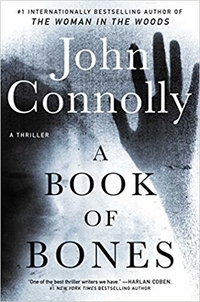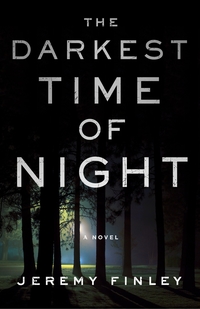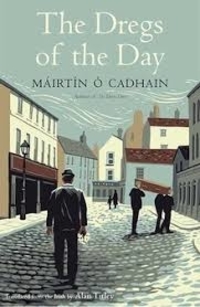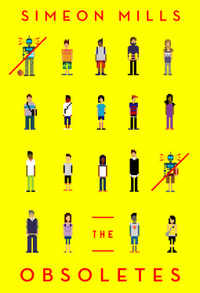The Art of Dying by Douglas Lindsay
 Wednesday, October 16, 2019 at 8:57AM
Wednesday, October 16, 2019 at 8:57AM 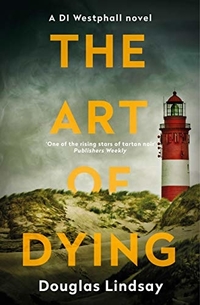
Published digitally in the UK by Hodder & Stoughton/Mulholland Books on August 22, 2019
The Art of Dying is the third novel in a series set in Scotland, premised on the protagonist’s early retirement as a spy who now works as a homicide detective. Detective Inspector Westphall’s history as a man who has seen too much of the world’s ugliness positions him as a reliable noir character. He is haunted by people who have died, people he has hurt. His dreams may be portents of deaths to come.
Westphall begins the novel by investigating the beating death of a man at a football (soccer) game. The murder is witnessed by the victim’s stepson, who is clobbered while trying to intervene despite his belief that his stepdad is an asshole. The stepdad had challenged a racist comment that someone made about a member of the home team, making that unidentified fan the only initial suspect.
What appears to be a routine killing by a football hooligan turns into a complicated investigation when other suspects enter the picture. The victim was CEO of a rapidly expanding funeral business. He was despised by his sister but apparently loved by his wife. He regularly visited an infirm grandmother who squandered the family wealth on a painting. A Russian woman had an affair with him and then, acting on her father’s behalf, invested in his business. And so the list of suspects grows, even before a hedge fund guy who sits on the board of the victim’s business is disemboweled.
After another, and seemingly unrelated, disemboweled murder victim is found in a care home, Westphall has a mystery on his hands. The mystery compounds when another recent death in the care home is determined to have been caused by strangulation. And yes, this is the same care home where the grandmother who spent the family fortune on a gruesome painting of infanticide resides. She spends every day staring at the painting, oblivious to everything else in the world. The connection between art and death gives the novel its title.
Douglas Lindsay creates a strong noir atmosphere — rain and wind and the sea endlessly crashing against Scottish shores, a landscape that might drive anyone to commit murder. He also creates strong characters. The elderly residents of the care home have varying personalities. A blind man who plays chess against himself contributes a philosophical perspective that aids the investigation. The reason the grandmother stares at the painting without speaking a word, revealed only at the end, adds a poignant note to the story, as do the other seniors living isolated lives, surrounded by a beautiful landscape they never notice.
The mystery is resolved by one reveal after another until the final secret is uncovered. The story is built on intelligence rather than action. This is the kind of plot, complex but credible, that mystery lovers crave. Capping it off is Lindsay’s prose, graceful but not flashy, not a word out of place. Fans of British police procedurals (which are typically a good bit more interesting than their American counterparts) should seek out this series.
RECOMMENDED
 TChris |
TChris |  Post a Comment |
Post a Comment |  Douglas Lindsay,
Douglas Lindsay,  Scotland in
Scotland in  Thriller
Thriller 